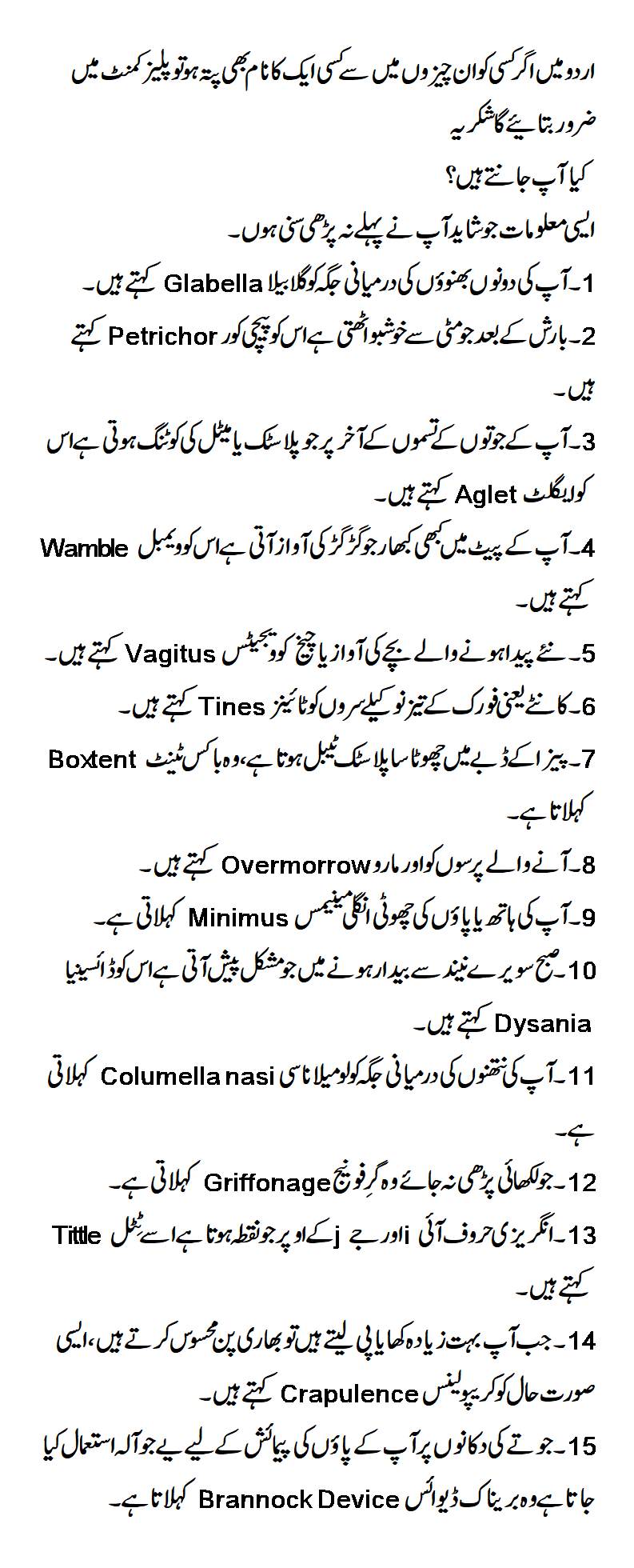Skimming and scanning are two very different strategies for speed reading. They are each used for different purposes, and they are not meant to be used all the time. They are at the fast end of the speed reading range, while studying is at the slow end. People who know how to skim and scan are flexible readers. They read according to their purpose and get the information they need quickly without wasting time. They do not read everything which is what increases their reading speed. Their skill lies in knowing what specific information to read and which method to use.
What Is Skimming?
Skimming is one of the tools you can use to read more in less time. Skimming refers to looking only for the general or main ideas, and works best with non-fiction (or factual) material. With skimming, your overall understanding is reduced because you don’t read everything. You read only what is important to your purpose. Skimming takes place while reading and allows you to look for details in addition to the main ideas.
How to skim
Many people think that skimming is a haphazard process placing the eyes where ever they fall. However, to skim effectively, there has to be a structure but you don’t read everything. What you read is more important than what you leave out. So what material do you read and what material do you leave out?
Let’s say you are doing research on a long chapter or a web site. By reading the first few paragraphs in detail, you will get a good idea of what information will be discussed. Once you know where the reading is headed, you can begin to read only the first sentence of each paragraph. Also called topic sentences, they give you the main idea of the paragraph. If you do not get the main idea in the topic sentence or if the paragraph greatly interests you, then you may want to skim more.
At the end of each topic sentence, your eyes should drop down through the rest of the paragraph, looking for important pieces of information, such as names, dates, or events. Continue to read only topic sentences, dropping down through the rest of the paragraphs, until you are near the end. Since the last few paragraphs may contain a conclusion or summary, you should stop skimming there and read in detail. Remember that your overall comprehension will be lower than if you read in detail. If while skimming, you feel you are grasping the main ideas, then you are skimming correctly.
